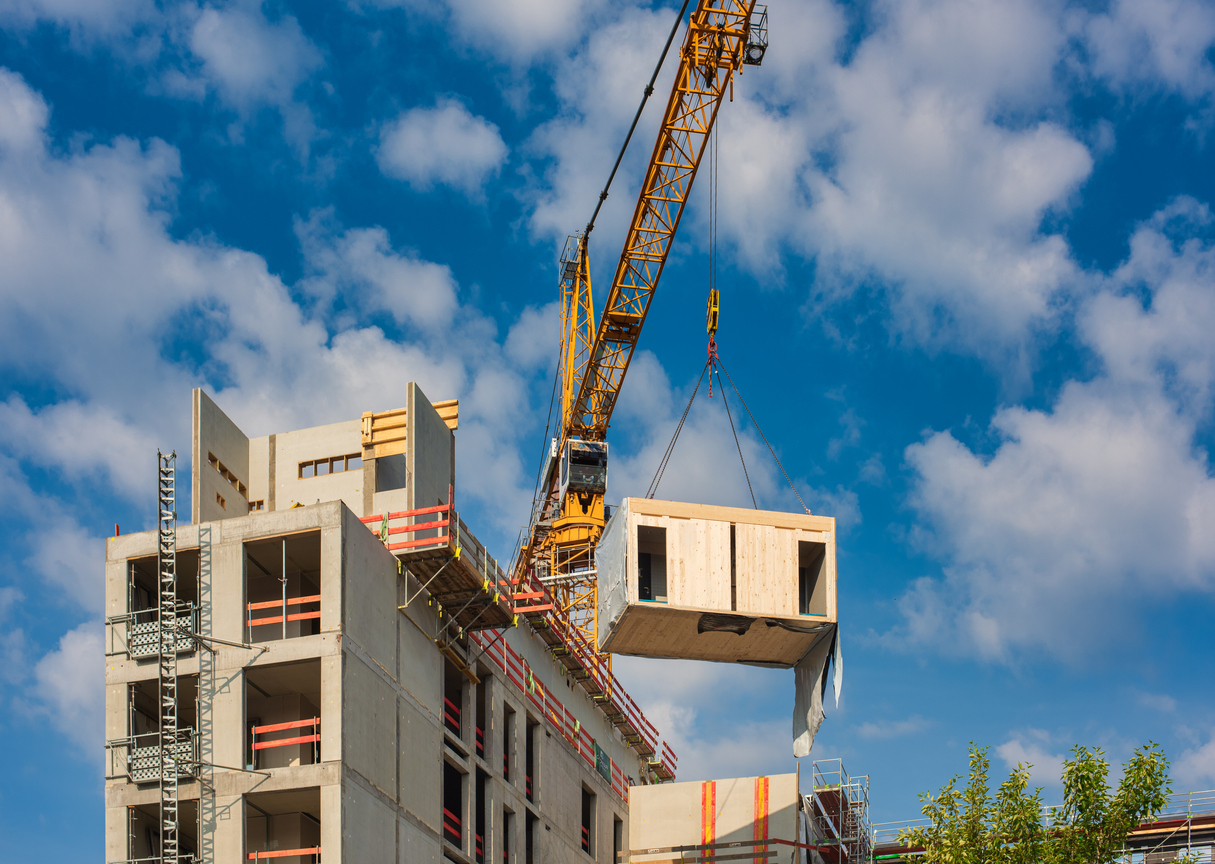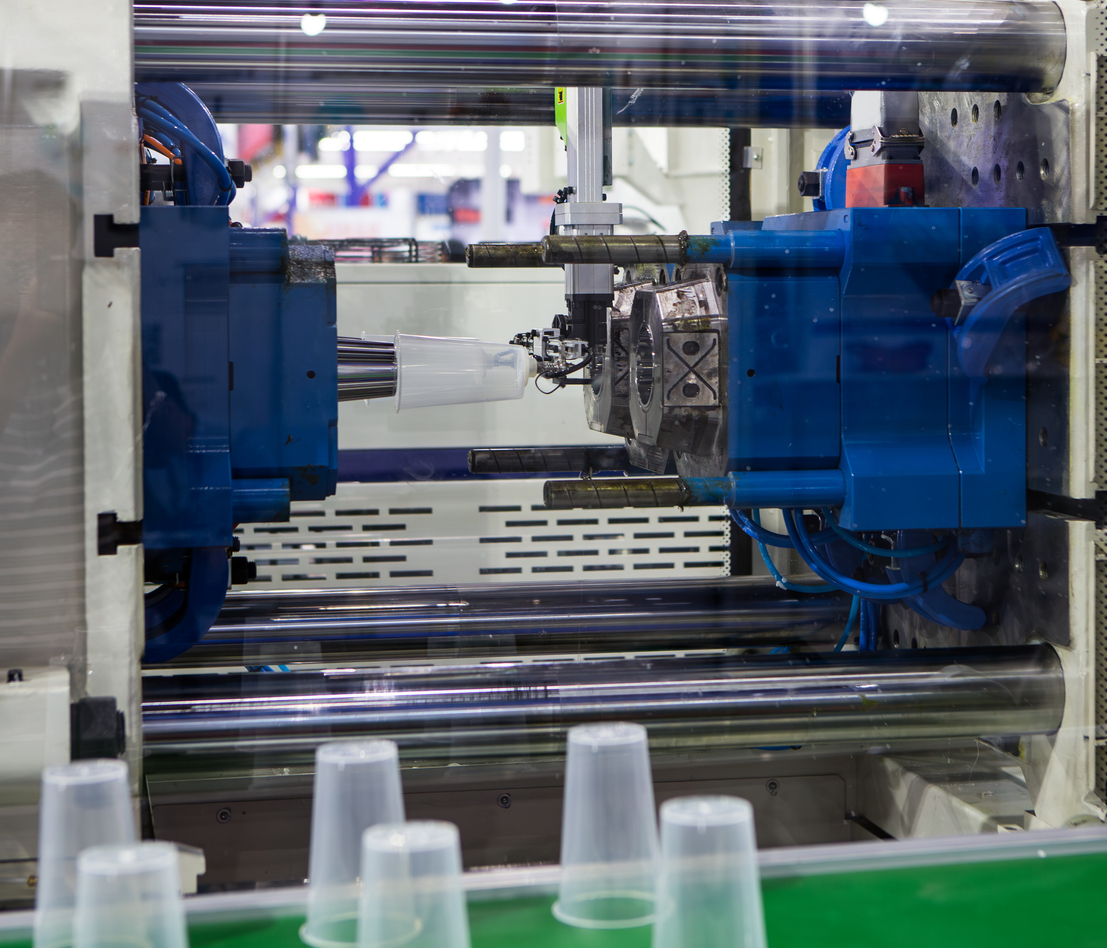Here’s How to Buy and Export Prefabricated Buildings from Kenya
Here’s How to Buy and Export Prefabricated Buildings from Kenya
A shortage of construction space in the urban centers of the world poses a major challenge to city planners. This shortage is especially acute in Africa where most cities are growing at a rapid pace. In Kenya, a shortage of land and building materials pose a similar challenge to developers. But what if you could have your cake and eat it too? What if you could build new homes and offices, while also avoiding long wait lists and expensive land prices? And what if you could do all this without having to resort to prefabricated buildings?
Kumau Homes, a local subsidiary of the India-based construction giant, Tata Technologies, has the answer. Its ‘Kumau Homes’ arm has been constructing prefabricated houses in Kenya since 2016. These prefabricated houses are designed to meet the specific requirements of the urban centers where they are being built. The result? You get a high-quality, cost-effective building solution and you don’t even have to leave your home country.
What is a Prefabricated Building?
Prefabricated buildings are designed to be constructed off-site, in a factory, and then easily transported to the construction site. This off-site construction can be achieved by erecting modular steel frames that are erected in a factory before the walls and roof are fitted, or by using concrete structural elements and a structural shell that are transported to site and assembled on-site. The finished building is then lifted off-site and placed with cranes or other heavy equipment.
Prefabricated buildings are also called pre-assembled buildings, modular buildings, or factory-built buildings.
How a Prefabricated Building Works
You buy a pre-assembled building because either you or someone else has already done the work of assembling and marketing the building. You then rent the building for a period of time, either for an agreed period or for an open-ended lease. Even if you rent the building for an open-ended lease, you will normally want to own the building at the end of the lease period to ensure that you don’t have to pay the lease obligation or other expenses such as maintenance.
This is how a pre-assembled building works:
– You buy a pre-assembled building from a manufacturer. The manufacturer usually sells a variety of different types of buildings, each suited to a specific purpose. The manufacturer will also have different models available, each of which is likely to be cheaper than the other models, but they will still be similar enough that your chosen model will fit in well with its surroundings.
– The building is then transported to your construction site. This process is often handled by a third-party logistics company, which works with the manufacturer. Typically, the manufacturer will have a network of carriers that it uses to transport its buildings.
– Once the building arrives at your site, you have to erect it. In some cases, there are pre-built “huts” (e.g., a warehouse turned into a construction site) that make this relatively simple. In other cases, you will have to erect the building yourself, but this is a relatively straightforward process unless you have never erected a building before.
– Your tenants move into the building. The building you buy will have either been completely occupied by tenants or could be easily adapted for tenants to move in. In either case, the building will be ready to be occupied.
– On an agreed schedule, you sell the building. Depending on the terms of the lease, you will either have to sell the building before the lease ends or you will have to wait until the lease expires before you can sell it.
– You make a profit. You will usually want to make a profit from the building sale, but sometimes you might want to hold onto the building for a long time, intending to buy it back in the future at a lower price.
Is a Prefabricated Building a Good Investment?
If prefabricated buildings are used in ways that maximise their potential, they can be a good investment.
Prefabricated buildings are often designed to withstand strong winds, earthquakes, and other natural disasters. This means that the buildings will be structurally sound even if they have to be rebuilt. They will be fire resistant, allowing them to withstand fires without loss of life or property.
Prefabricated buildings are frequently built on urban land, which is easier to develop than rural land. This means that they are a good investment when cities need more housing, and they can be a good investment when cities need more office space.
How to Buy and Sell Prefabricated Buildings
Building a prefabricated building is not much different from building a conventional building. Different construction techniques may be used, and the quality of construction may be lower, but the basic process is the same.
The key difference is that prefabricated buildings are designed for mass production, and are designed to be assembled off-site. This means that they are usually assembled in one location, and that that location can be anywhere in the world.
Prefabricated buildings are usually sold by a stock-broking company on behalf of the manufacturer. The stockbroking company sells the building under a fictitious name. The actual owner of the building is not usually the stockbroking company, but a company that ensures that the building is sold. The actual owner does not have to be the owner of the stockbroking company.
Tips When Buying a Prefabricated Building
– Find a reputable builder. Make sure that the builder you choose has built a lot of buildings similar to the one you are buying. This will help you avoid being sold a poor quality building.
– Inspect the building before you buy it. Make sure that you inspect the building before you buy it. Make sure that the building matches the design you drew up in your planning stage. Make sure that the materials used in the construction of the building are of good quality.
– Find out as much as you can about the history of the building. Find out as much as you can about the history of the building. Find out the name of the owner and the name of the company that sold the building to you. This will help you trace back the history of the building and determine the quality of construction.
– Get a professional survey. Get a professional survey of the property. The survey should include information about the building, including its location and size, and should also include information about the legal title of the land on which the building is located.
Conclusion
In a nutshell, prefabricated buildings provide high-quality, cost-effective houses and commercial buildings, while avoiding the delays and costs of conventional construction. And they can be bought and sold without ever visiting the construction site. We believe these are good reasons to consider a prefabricated building as an investment opportunity.
We recommend that you do your research before buying a prefabricated building. Make sure that you choose a reputable builder who has built many similar buildings. And make sure that the building you are buying is of high quality and is being erected in a well-run environment.








LEAVE A COMMENT
You must be logged in to post a comment.